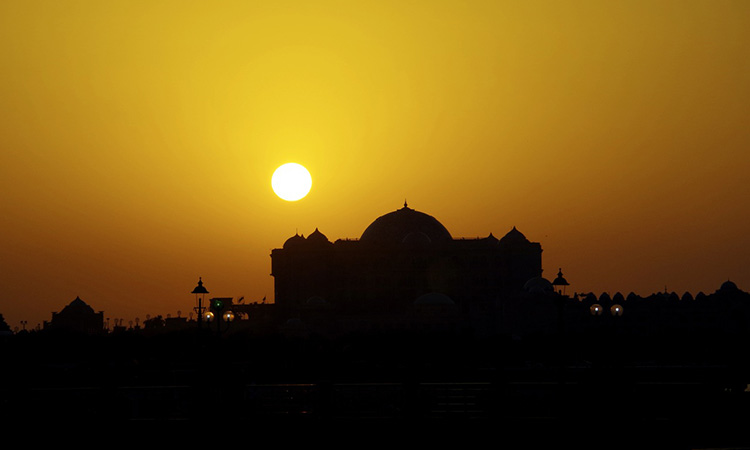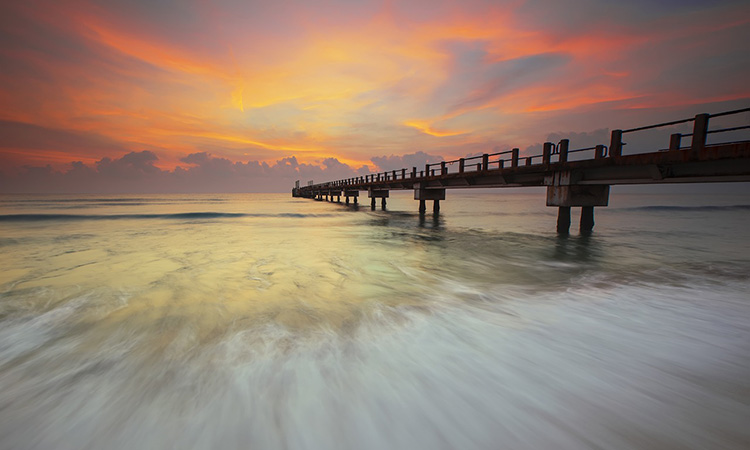Ireland Ulster-Scots: Airlann [ˈɑːrlən]) is an island in the North Atlantic. It is separated from Great Britain to its east by the North Channel, the Irish Sea, and St George’s Channel. Ireland is the second-largest island of the British Isles, the third-largest in Europe, and the twentieth-largest on Earth.
Politically, Ireland is divided between the Republic of Ireland (officially named Ireland), which covers five-sixths of the island, and Northern Ireland, which is part of the United Kingdom, in the northeast of the island. In 2011, the population of Ireland was about 6.4 million, ranking it the second-most populous island in Europe after Great Britain. Just under 4.6 million live in the Republic of Ireland and just over 1.8 million live in Northern Ireland.
The island’s geography comprises relatively low-lying mountains surrounding a central plain, with several navigable rivers extending inland. The island has lush vegetation, a product of its mild but changeable climate which avoids extremes in temperature. Thick woodlands covered the island until the Middle Ages. As of 2013, the amount of land that is wooded in Ireland is about 11% of the total, compared with a European average of 35%.[8][9] There are twenty-six extant mammal species native to Ireland.The Irish climate is very moderated and classified as oceanic. As a result, winters are milder than expected for such a northerly area. However, summers are cooler than those in Continental Europe. Rainfall and cloud cover are abundant.
The earliest evidence of human presence in Ireland is dated at 10,500 BC. Gaelic Ireland had emerged by the 1st century AD and lasted until the First World War. The island was Christianised from the 5th century onward. Following the Norman invasion in the 12th century, England claimed sovereignty over Ireland. However, English rule did not extend over the whole island until the 16th–17th century Tudor conquest, which led to colonisation by settlers from Britain. In the 1690s, a system of Protestant English rule was designed to materially disadvantage the Catholic majority and Protestant dissenters, and was extended during the 18th century. With the Acts of Union in 1801, Ireland became a part of the United Kingdom. A war of independence in the early 20th century was followed by the partition of the island, creating the Irish Free State, which became increasingly sovereign over the following decades, and Northern Ireland, which remained a part of the United Kingdom. Northern Ireland saw much civil unrest from the late 1960s until the 1990s. This subsided following a political agreement in 1998. In 1973, the Republic of Ireland joined the European Economic Community while the United Kingdom, and Northern Ireland, as part of it, did the same.
Irish culture has had a significant influence on other cultures, especially in the fields of literature. Alongside mainstream Western culture, a strong indigenous culture exists, as expressed through Gaelic games, Irish music, and the Irish language. The culture of the island also shares many features with that of Great Britain, including the English language, and sports such as association football, rugby, horse racing, and golf.
During the last glacial period, and up until about 9000 years ago, most of Ireland was covered with ice, most of the time. Sea levels were lower and Ireland, like Great Britain, formed part of continental Europe. By 12,000 BC, rising sea levels due to ice melting caused Ireland to become separated from Great Britain. Later, around 5600 BC, Great Britain itself became separated from continental Europe. The earliest evidence of human presence in Ireland is dated at 10,500 BC. Until recently the earliest evidence of humans in Ireland were Mesolithic people who arrived by boat from Britain between 8000 BC and 7000 BC.
From about 4500 BC , Neolithic settlers arrived introducing cereal cultivars, a housing culture (similar to those of the same period in Scotland) and stone monuments. A more advanced agriculture was to develop. At the Céide Fields, preserved beneath a blanket of peat in present-day County Mayo, is an extensive field system, arguably the oldest in the world,[15] dating from not long after this period. Consisting of small divisions separated by dry-stone walls, the fields were farmed for several centuries between 3500 BC and 3000 BC. Wheat and barley were the principal crops imported from the Iberian Peninsula.
The Bronze Age – defined by the use of metal – began around 2500 BC, with technology changing people’s everyday lives during this period through innovations such as the wheel, harnessing oxen, weaving textiles, brewing alcohol, and skilful metalworking, which produced new weapons and tools, along with fine gold decoration and jewellery, such as brooches and torcs. According to John T. Koch and others, Ireland in the Late Bronze Age was part of a maritime trading-networked culture called the Atlantic Bronze Age that also included Britain, western France and Iberia, and that this is where Celtic languages developed. This contrasts with the traditional view that their origin lies in mainland Europe with the Hallstatt culture.
During the Iron Age, a Celtic language and culture emerged in Ireland. How and when the island of Ireland became Celtic has been debated for close to a century, with the migrations of the Celts being one of the more enduring themes of archaeological and linguistic studies. Today, there is more than one school of thought on how this occurred in Ireland.[citation needed]
The Uragh Stone Circle a Neolithic stone circle in Gleninchaquin Park, County Kerry
The long-standing traditional view, once widely accepted,[by whom?] is that Celtic language, Ogham script and culture were brought to Ireland by waves of invading or migrating Celts from mainland Europe. This theory draws on the Lebor Gabála Érenn, a medieval Christian pseudo-history of Ireland along with the presence of Celtic culture, language and artefacts found in Ireland such as Celtic bronze spears, shields, torcs and other finely crafted Celtic associated possessions. The theory holds that there were four separate Celtic invasions of Ireland. The Priteni were said to be the first, followed by the Belgae from northern Gaul and Britain. Later, Laighin tribes from Armorica (present-day Brittany) were said to have invaded Ireland and Britain more or less simultaneously. Lastly, the Milesians (Gaels) were said to have reached Ireland from either northern Iberia or southern Gaul. It was claimed that a second wave named the Euerni, belonging to the Belgae people of northern Gaul, began arriving about the sixth century BC. They were said to have given their name to the island.
A more recent theory, with broad support among archaeologists, is that Celtic culture and language arrived in Ireland as a result of cultural diffusion. This theory proposes that the Celticisation of Ireland may have been the culmination of a long process of social and economic interaction between Ireland, Britain and adjacent parts of Continental Europe.[citation needed]
The theory was advanced in part because of lack of archeological evidence for large-scale Celtic immigration, though it is accepted that such movements are notoriously difficult to identify. Some proponents of this theory hold that it is likely that there was migration of smaller groups of Celts to Ireland, with sufficiently regular traffic to constitute a “migration stream,” but that this was not the fundamental cause of Insular Celticisation.[citation needed] Historical linguists are sceptical that this method alone could account for the absorption of the Celtic language, with some saying that an assumed processional view of Celtic linguistic formation is ‘an especially hazardous exercise’. Genetic lineage investigation into the area of Celtic migration to Ireland has led to findings that showed no significant differences in mitochondrial DNA between Ireland and large areas of continental Europe, in contrast to parts of the Y-chromosome pattern. When taking both into account a recent study drew the conclusion that modern Celtic speakers in Ireland could be thought of as European “Atlantic Celts” showing a shared ancestry throughout the Atlantic zone from northern Iberia to western Scandinavia rather than substantially central European.























